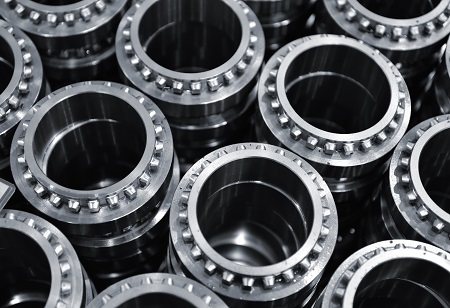
The world’s largest particle accelerator, the Large Hadron Collider at CERN, has a circumference of nearly 27kms. The device has the capability to explore physics on the atomic level and create new particles. Its operation is mainly reliant on superconducting magnets to guide these particles at high velocities. Within these magnets lies an intricate system of ball bearings that allow them to rotate smoothly, guaranteeing a precise alignment needed for the success of the experiments that allow scientists to peer into the workings of the universe on the subatomic level. The parallels to be drawn here are remarkable; learning about one of the smallest yet most complex particle’s nature is aided by the humble ball bearing. The interplay between the macroscopic and microscopic world in scientific endeavour demonstrates the versatility of ball bearings in cutting-edge research and technology.
Deep groove ball bearings are used in areas ranging from space exploration technology to bicycles. Given its diverse applications, the manufacturers have outlaid a set of criteria for users to look into and decide which variation of grove ball bearings would suit their purposes.
One of the primary parameters observed is the load-bearing capacity. Professionals assess the axial and radial loads the bearing will endure during its operation. Understanding its threshold helps assess potential wear and tear failures. This factor is critical to deciding on which application it’ll be used for. Conveyor systems, motors and gearboxes all require various load capacities; the manufacturers here deem it essential to tailor the groove ball bearings to the specifications of the machinery.
The automotive industry has demanded tremendous precision in the tolerance levels of 1/100th of an inch. SKF has been a prominent player in manufacturing durable ball bearings tailored to various load conditions. Their groove ball bearings are extensively used in automotive components such as wheel hubs and transmissions.
We use cookies to ensure you get the best experience on our website. Read more...